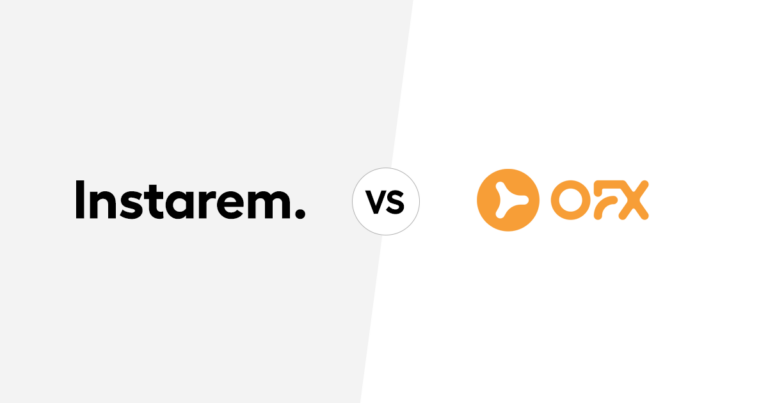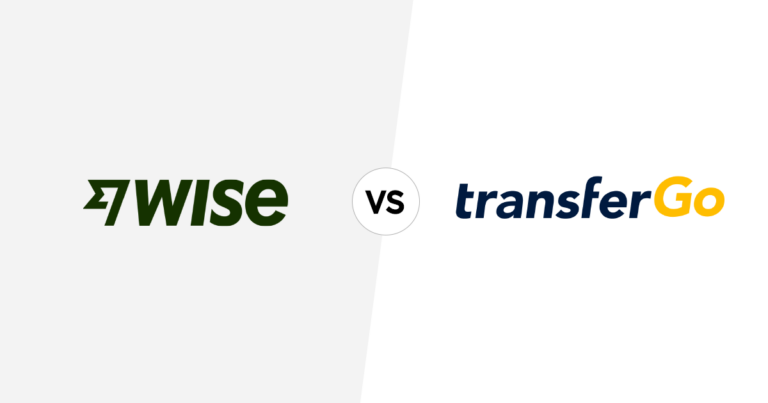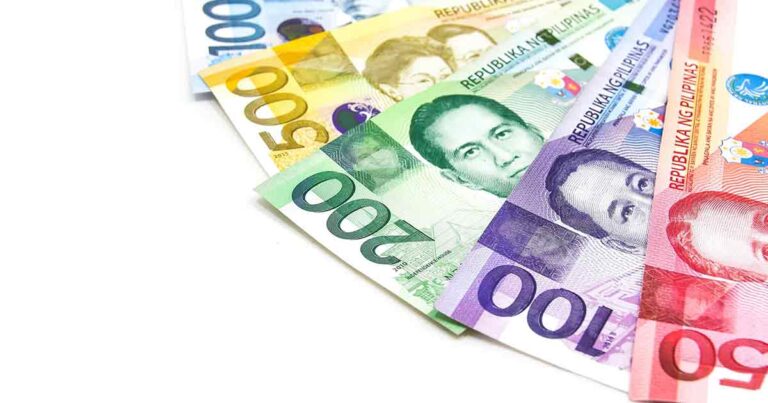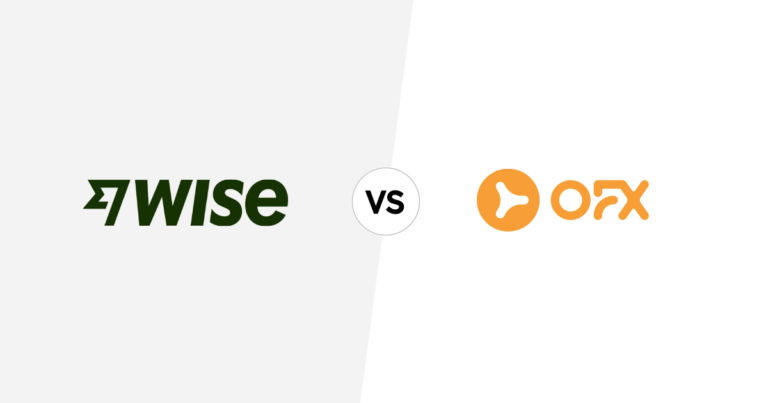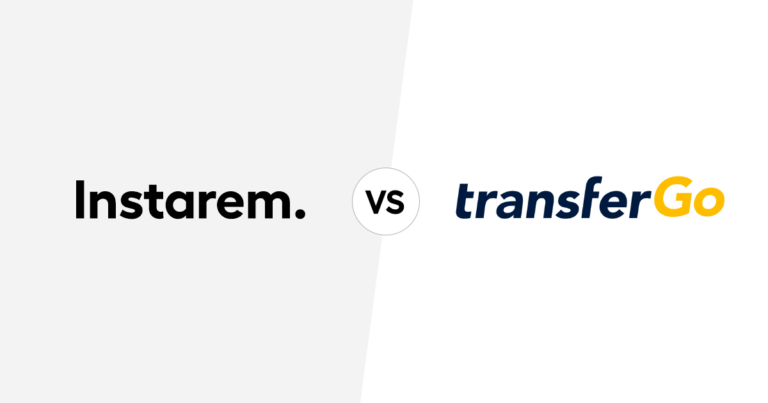What is (FIRC) foreign inward remittance certificate?

This article covers:
Economies across the world are interacting much more today than ever before. With this, businesses are eager to invest in overseas workforce and services. Exporters and freelancers in India have picked up this trend and are selling their products and services abroad.
If you are an exporter in India, regularly receiving payments in foreign currency from your overseas clients can be a bit of a hassle. Getting a FIRC certificate in such a situation can be immensely helpful to you.
Clearly, understanding the FIRC certificate meaning and how it works is important but it can be a little confusing if you are new to the concept. So, we are here to answer what is FIRC and help you learn how you can get it to secure your foreign business transactions.
What is a FIRC certificate?
The full form of FIRC is Foreign Remittance Inward Certificate. It is documented proof of an inward remittance to India from a country abroad. Simply put, if you receive foreign currency, FIRC is its proof. There are 2 types of remittances — inward remittance and outward remittance. While inward remittance is for receiving money in a foreign currency, you can send money abroad through outward remittance. FIRC is required for inward remittances in India. To know more about remittance, read our Complete A-Z Guide to Remittance.Types of foreign inward remittance certificates
Physical FIRC
Prior to 2016, banks and authorized dealers (ADs) would issue a physical FIRC document for every inward remittance transaction on secured pre-printed stationery. The exporter would use this document as proof of receiving payment against the export of goods or services. However, physical FIRCs were discontinued in 2016, except in the case of Foreign Direct Investments (FDIs) and Foreign Institutional Investments (FIIs). For FDIs and FIIs, you still need a physical FIRC.Electronic FIRC or e-FIRC certificate
As the name suggests, an e-FIRC certificate is the electronic form of a physical FIRC. All inward remittances were moved from physical FIRC to electronic FIRC in 2016 (except FDIs and FIIs). The authorized category banks report the receipt of all inward remittances to the Export Data Processing and Monitoring Systems (EDPMS) and then issue the e-FIRC certificate to the exporter. The AD bank uploads the receipt to the EDPMS upon receiving the beneficiary’s request. They also generate an Inward Remittance Number (IRM) for the beneficiary, which is also referred to as the e-FIRC number. The beneficiary receives the e-FIRC certificate within 1 to 2 weeks of receiving the inward remittance. There are nominal FIRC certificate charges from the AD bank, and the beneficiary can perform a FIRC certificate download if they have submitted the correct information about the remittance to the bank.Foreign inward remittance advice
Foreign Inward Remittance Advice, or FIRA, is another category of FIRC. If the funds you receive do not fall in the physical or electronic FIRC category, they fall under FIRA. Remittance Advice is only available for business entities, and you can apply for it at your partnering bank. For more information on Remittance Advice, click here.Importance of foreign inward remittance certificate
FIRC contains crucial information about an inward remittance transaction, like the amount of funds received, the date of receipt, the remitter’s name, and the purpose of the payment. FIRC is a must-have document for all inward remittances as it is a legal mandate under the RBI guidelines. The certificate helps authorities like DGFT (Directorate General of Foreign Trade) and the Customs Department keep a check on the funds coming from overseas. Furthermore, it protects the beneficiary’s interest by providing certified proof of the payment received. The beneficiary here is the party receiving the inward remittance.- FIRC is for better regulation: The FIRC is a crucial document for the Reserve Bank of India as it helps the apex bank regulate and monitor all inward remittances into the country. Proper monitoring of the funds received into the country from overseas clients aids in curbing money laundering and funding of anti-national activities.
- Advantages of FIRC for the beneficiaries: The FIRC certificate is proof of the payments received by an exporter or a service provider to foreign clients. Additionally, it helps exporters get tax benefits.
FIRC certificate format
You need to send a FIRC certificate request letter to the AD bank to get the FIRC for the payments received in foreign currency. The FIRC certificate request letter should have the following information from your end:- The beneficiary or exporter’s name and the remittance address
- The remitter or sender details (name and address) to establish their identity
- Details of the payment mode (cash or account transfer)
- The Unique Transaction Number (UTR)
- The amount in foreign currency and its equivalent in the Indian currency
- The foreign exchange rate
- The purpose of the inward remittance
How to get a FIRC certificate?
You can send a written request to an authorized dealer bank to get a FIRC certificate under all categories except FDIs and FIIs. The FIRC request must contain all the information explained above. The process to get a FIRC is as follows:- Write to your bank: As stated before, you must apply to your bank and furnish all the necessary details of the foreign currency payment you received. The request letter must contain all necessary details, or the bank may reject it.
- Provide supporting documents: Submit the necessary supporting documents to the bank, such as payment advice or confirmation from the sender. It is necessary to validate the transaction.
- Pay the bank’s fees: The bank charges a nominal fee for issuing the FIRC, which may vary from one bank to another and also depending on the type of transaction. Pay the fees by the bank’s prescribed method.
- Get the FIRC: Once the FIRC is issued, collect it from the bank and keep it safe for future use. You can also download the FIRC online.
Who issues FIRC certificate?
Issuance of a FIRC is a detailed process to keep a check on money laundering and other illegal activities. For this reason, only an authorized dealer bank can issue a FIRC certificate. The Reserve Bank of India authorizes a bank as an AD. When an exporter receives a payment from a client abroad, the funds get credited to their account only through an AD bank. For all inward remittances except FDI and FII, the beneficiary must apply for the FIRC with the AD bank clearly stating the purpose. You will have to pay a nominal fee to the AD bank to get an FIRC.Where is the FIRC Number in the FIR Certificate?
The FIRC number, also known as the Inward Remittance Number (IRM), is issued by the authorized dealer bank for your inward remittance if it finds your FIRC request form and all supporting documents satisfactory. The AD bank issues the IRM, which is referred to as the FIRC number, after uploading your payment receipts to the government export portal called the Export Data Processing and Monitoring Systems (EDPMS).Conclusion
The Foreign Remittance Inward Certificate or FIRC is an essential document you must get for all payments you receive from your overseas clients. The FIRC not only acts as proof of the payments you have received but also enables you to get tax benefits and incentives for certain services. Additionally, it helps the Reserve Bank of India track all the payments received into the country from foreign sources. The RBI appoints authorized dealer banks that issue the FIRC, except for FDIs and FIIs. You must make a FIRC request to the AD bank and provide all necessary information to get the FIRC. With Instarem, you can conveniently apply for credit advice with one of our partnering banks. You can submit this advice to your bank to get the original e-FIRC. Sign up for freeFIRC FAQs
- What is the full form of FIRC? The full form of FIRC is Foreign Inward Remittance Certificate.
- Is FIRC mandatory? FIRC is legal proof of a payment you receive in foreign currency for exports and providing software and other services to overseas clients. You must get a FIRC for all inward remittances except Foreign Direct Investments (FDIs) and Foreign Institutional Investors (FIIs). FDI is a sizable and long-term investment made by a company or the government in a foreign company. On the other hand, FII is a foreign investor that invests funds in a country outside where it is registered or headquartered.
- How do I apply for FIRC? You need to send a FIRC certificate request letter, clearly stating the purpose, to the Authorized Dealer Bank to get the FIRC for the payments received in foreign currency. The AD bank reports the receipt of the inward remittance to the Export Data Processing and Monitoring Systems (EDPMS) and then issues the e-FIRC certificate to the exporter for a nominal fee.
- Who needs FIRC? If you are an exporter or freelancer based in India and receive payments from overseas clients in foreign currency, you need a FIRC for all such inward remittances.
 Get the app
Get the app


